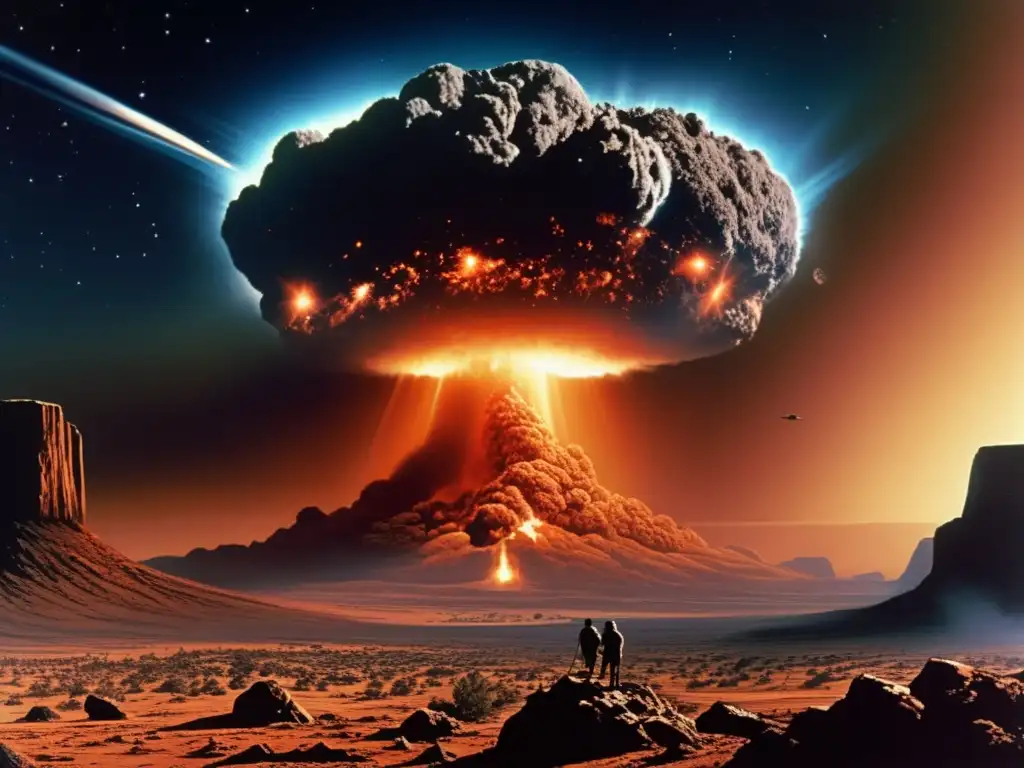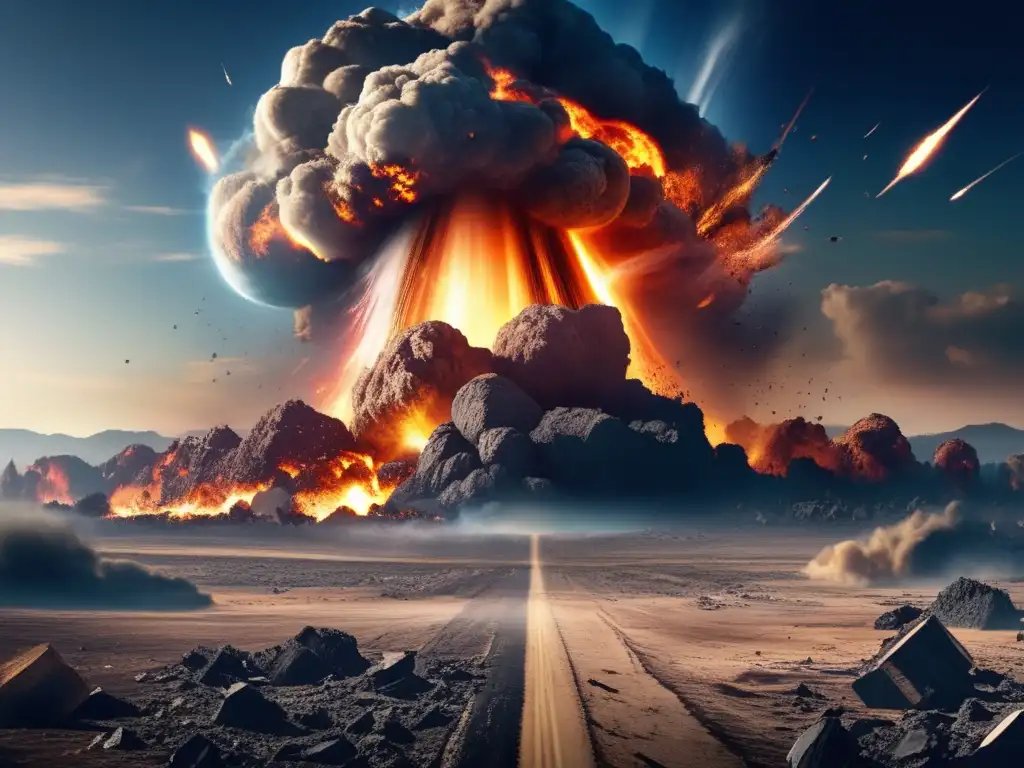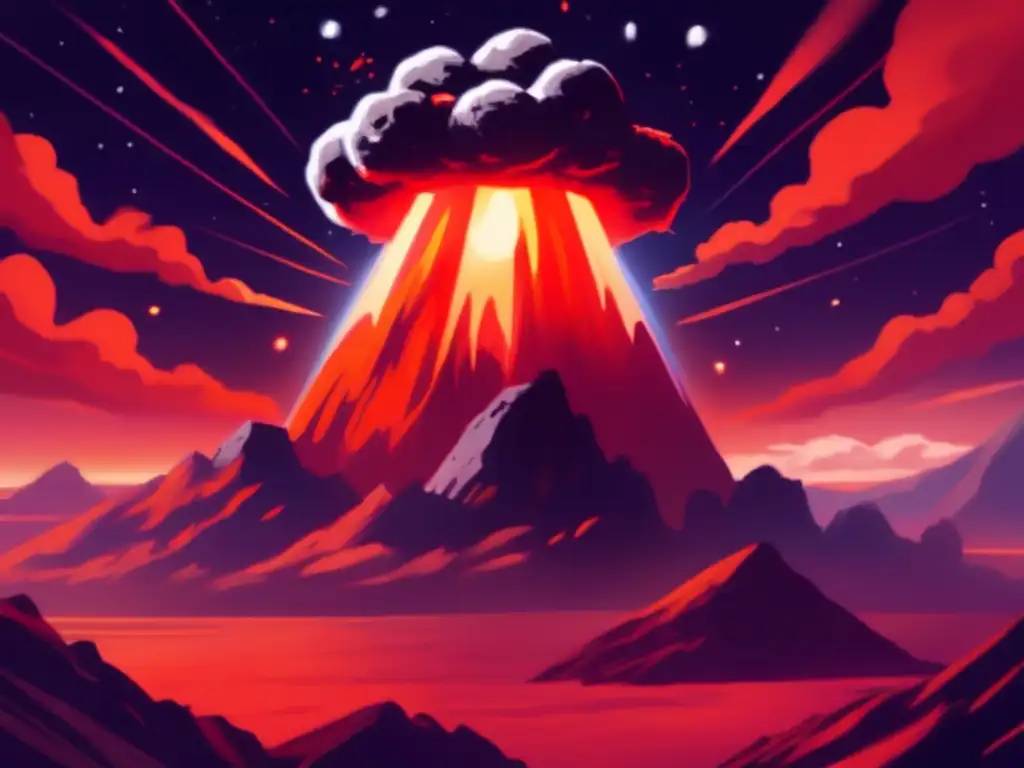Meteor': A Closer Look At The 70s Asteroid Disaster Film

Introduction
The 1979 American disaster film "Meteor" depicted an asteroid on a collision course with Earth, endangering the planet and its inhabitants. Though the film was widely criticized for its lack of scientific accuracy and its dependence on special effects, it remains one of the most prominent works of fiction that features asteroids. In this article, we will take a closer look at "Meteor" and explore its cultural significance in relation to asteroids.
Background of "Meteor"

The Plot of the Film
The film's plot revolves around an asteroid, measuring five miles wide, that is discovered hurtling towards Earth. The United States and the Soviet Union team up to destroy the massive asteroid before it can collide with the planet and cause an extinction-level event. As they race against time to save humanity, the characters face numerous technical and political challenges, including the emotional toll of sacrificing human lives in pursuit of their mission.
The Making of the Film
"Meteor" was directed by Ronald Neame and starred an ensemble cast that included Sean Connery, Natalie Wood, and Brian Keith. The film was produced by legendary Hollywood filmmaker and science fiction enthusiast, George Pal. Despite Pal's reputation as a master of special effects, the movie's visual effects failed to impress critics and audiences alike, who criticized the film's overall quality.
The Reception of the Film
Despite its poor reception, "Meteor" has secured a place in the cultural consciousness of those who lived through the late 1970s. The film captures the paranoia and fear of a post-Vietnam War world, where global superpowers were constantly on the brink of nuclear annihilation. It also serves as a reflection of humanity's fascination with space exploration and its equally deep-seated fear of cosmic threats.
The Role of "Meteor" in Pop Culture

Inspiration for Later Works of Fiction
"Meteor" inspired many later works of fiction that feature asteroids and other cosmic threats. For example, the 1990s science fiction series "Babylon 5" featured an episode titled "Messages from Earth," which depicted a planet-killing asteroid targeting the titular space station and its inhabitants. Similarly, Michael Bay's 1998 movie "Armageddon" follows a team of oil rig workers tasked with destroying an asteroid before it can collide with Earth.
The Influence of "Meteor" on Asteroid Science
Although "Meteor" was not scientifically accurate, it helped stimulate popular interest in asteroids and their potential threats to our planet. In the decades since the film's release, scientists have made significant strides in understanding the behavior of asteroids and working towards methods for deflecting or destroying them in case of an impending impact.
The Significance of "Meteor" Today
"Meteor" remains an important cultural artifact that continues to shape the public's perception of asteroids and their potential for danger. The film serves as a reminder of humanity's delicate position in the universe, and the importance of continued scientific research and innovation in protecting our planet from cosmic threats.
Frequently Asked Questions

-
Did "Meteor" accurately depict the behavior of asteroids?
No, "Meteor" took considerable liberties with scientific accuracy and relied more on special effects than scientific realism.
-
Did "Meteor" have any cultural significance beyond its release in 1979?
Yes, "Meteor" served as an inspiration for later works of fiction that feature asteroids and cosmic threats. It also helped stimulate popular interest in asteroid science and the potential dangers they pose to Earth.
-
What are some other notable works of fiction that feature asteroids?
Other notable works of fiction include Michael Bay's "Armageddon," Arthur C. Clarke's "Rendezvous with Rama," and Thomas J. Scanlan's "The Ultimate Weapon," among others.
-
What is being done today to protect Earth from incoming asteroids?
There are numerous projects dedicated to studying asteroids and developing methods for deflecting or destroying them in case of an impending impact. The most well-known of these is NASA's Planetary Defense Coordination Office, which works to detect, track, and mitigate the threat of near-Earth objects.
-
Is it likely that an asteroid will collide with Earth in the future?
While the chances of a catastrophic asteroid impact are relatively low, the potential consequences of such an event make the study of asteroids and their behavior crucially important.
Conclusion
"Meteor" may not have been the most scientifically accurate film about asteroids, but it remains an important cultural artifact that continues to shape our perceptions of these cosmic threats. The film's legacy lives on in the many works of fiction that have been inspired by it and in the ongoing efforts to understand the behavior of asteroids and protect our planet from potential impacts. As we continue to explore the wonders of our solar system, "Meteor" serves as a reminder of the dangers that lurk in the darkness and the importance of continued scientific research and innovation.
Additional Resources

For those interested in learning more about asteroids and their potential threats to Earth, we recommend checking out the following resources:
- NASA's Planetary Defense Coordination Office
- Space.com's coverage of asteroids, comets, and meteors
- The American Meteor Society
 Exploring The Asteroid Themed Plot Of 'The Expanse' Series
Exploring The Asteroid Themed Plot Of 'The Expanse' Series In The Shadow Of The 'Doomsday Asteroid': An Analysis Of The Novel
In The Shadow Of The 'Doomsday Asteroid': An Analysis Of The Novel Asteroids In 'Interstellar': Cinematic Drama And Scientific Reality
Asteroids In 'Interstellar': Cinematic Drama And Scientific RealityIf you want to discover more articles similar to Meteor': A Closer Look At The 70s Asteroid Disaster Film, you can visit the Asteroids in Fiction category.
Leave a Reply

Articulos relacionados: